Have you ever felt the desire to connect more deeply with your cultural heritage or sought to understand how traditional practices can empower your creative journey? For many of us, the journey to blend our modern identities with ancestral roots can be a complex path, especially as women in the art world. This gap often feels challenging, but it also presents a rich opportunity: through contemporary art, we can reconnect with cultural narratives in ways that honour tradition while embracing modernity. Today, women artists, from diaspora artists bridging traditions to Indigenous women artists today, are leading the way in cultural preservation through female artistry, using their work to inspire deeper connections across generations.
Contemporary art is more than a way to preserve the past—it’s a living dialogue that makes heritage relevant for today and tomorrow. This space is open to all of us as women artists, collectors, curators, and creatives; it’s where traditional crafts in contemporary practice breathe new life into cultural storytelling, and where feminist perspectives on heritage art can inspire future leaders. In this post, we’ll explore strategies and insights on heritage-inspired installations, ancestral inspiration in art, and how reimagining traditional motifs can empower your voice within the global women’s art movement. Together, we’ll see how art can serve as a bridge, connecting us with the past and empowering us to shape the future.
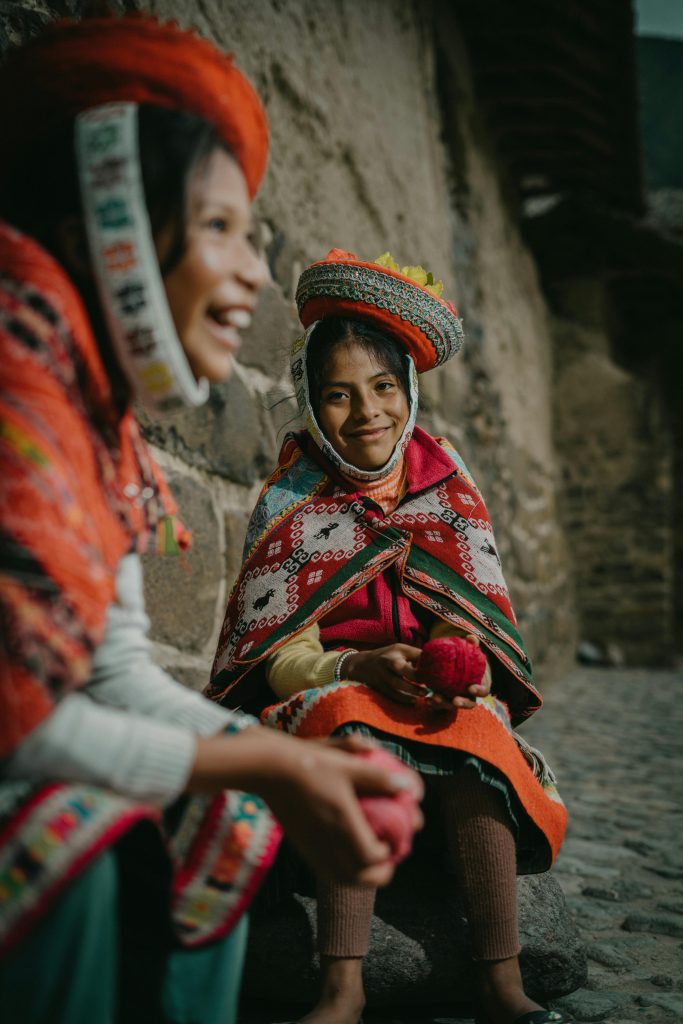
The Bridge Between Past and Present
In the contemporary art space, building a “bridge between past and present” allows us to stay grounded in our cultural roots while exploring new creative directions. Artists breathe new life into ancestral inspiration in art by incorporating heritage reinterpretation in modern art. Whether it’s retelling ancient myths through digital art or reimagining traditional symbolism with innovative materials, these approaches help us engage with our histories in ways that feel authentic and transformative. This evolution of traditional motifs reimagined for today’s audiences strengthens our cultural identity while bringing heritage into new, relevant contexts.
Beyond aesthetics, this connection between past and present serves as a powerful commentary on the society we’re shaping. By including heritage techniques in modern galleries, artists create spaces where younger artists collaborate with seasoned mentors, passing down intergenerational artistic knowledge. This not only fosters a respectful cross-cultural artistic dialogue but also helps ensure that our cultural narrative preservation continues to educate and inspire. Integrating technology like virtual reality or digital installations allows for immersive experiences that keep traditions alive, engaging audiences in meaningful ways that bridge generations and cultural divides.
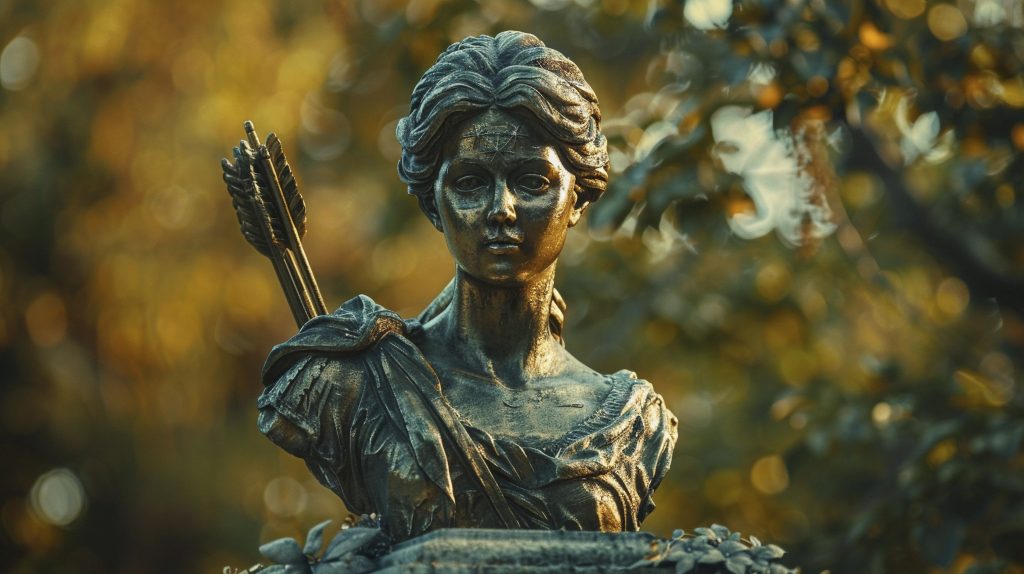
Women Artists as Cultural Storytellers
Today, women artists play a vital role in cultural heritage curation by bringing their unique perspectives to the forefront, often focusing on narratives that have been historically marginalised. Through feminist perspectives on heritage art, women are shaping a new wave of cultural storytelling that captures the depth of women’s experiences across history and cultures. Indigenous women artists today, for example, blend their heritage with modern techniques, ensuring that their cultural preservation through female artistry continues to thrive and inspire.
Women artists also use diverse, boundary-pushing mediums like mixed media and interactive installations to make their stories vibrant and accessible. They tackle issues like gender equality, environmental preservation, and cultural identity in surrealism, connecting deeply personal experiences with broader societal conversations. By engaging in cross-cultural artistic dialogue, these artists celebrate diversity and contribute meaningfully to global women’s art movements. This focus on cultural preservation enriches the art world and reminds us of the essential role that women play in shaping our understanding of identity, heritage, and cultural legacy.
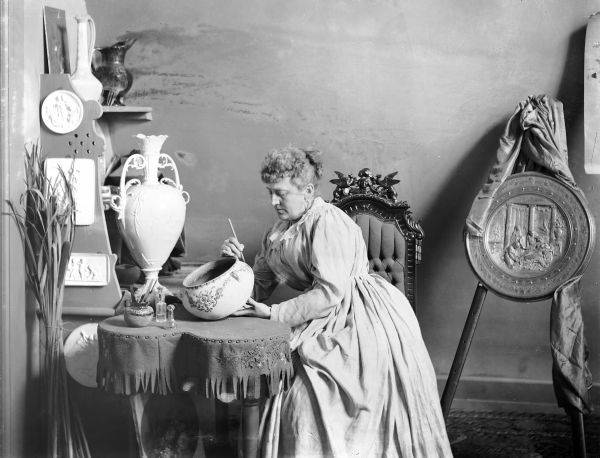
Contemporary Ceramics: Where Tradition Meets Innovation
Contemporary ceramics offer a unique blend of traditional crafts in contemporary practice, creating a space where historical craftsmanship meets modern creativity. Many ceramic artists draw on heritage techniques, like raku firing and hand-building, incorporating new elements to challenge traditional expectations of ceramic art. Through cultural storytelling through ceramics, these artists transform everyday objects into powerful symbols of cultural narrative preservation, infusing their pieces with both heritage and personal expression.
Technology has expanded what’s possible within ceramics, allowing artists to incorporate digital tools and 3D printing to create intricate patterns and complex shapes that honor ancestral methods while exploring new forms of expression. Some artists experiment with materials like metal or paper, creating heritage-inspired installations that highlight both the artistry and adaptability of this ancient craft. This seamless integration of the old and new in ceramics not only honours tradition but also brings cultural preservation into the present, offering a vibrant, evolving space for artists, collectors, and curators.
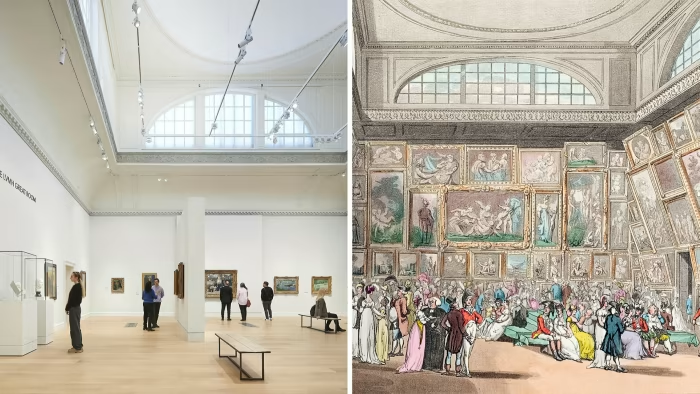
Preserving Heritage Through Gallery Spaces
Galleries play a crucial role in cultural heritage documentation by offering spaces for immersive storytelling and intergenerational knowledge-sharing. These spaces go beyond simple exhibitions; they are environments where heritage preservation leadership comes to life. By curating exhibitions that showcase museum representation diversity, galleries empower artists from various backgrounds, fostering a fuller, more inclusive understanding of global heritage. Interactive elements like augmented reality and touchscreens make exhibits accessible, offering a rich blend of heritage techniques in modern galleries that captivate and educate.
In addition to serving as hubs for cross-cultural exchange, galleries support community engagement, connecting artists, artisans, and curators in conversations about the significance of heritage preservation. Workshops and live demonstrations allow local artists to share traditional crafts, creating a platform for intergenerational artistic knowledge that keeps heritage vibrant and relevant. Digital preservation methods, like high-resolution scans and virtual tours, extend the reach of cultural heritage globally, allowing people to engage from anywhere. Through these efforts, galleries help ensure that cultural heritage remains an active part of our shared identity and an inspiring source of creativity for generations.
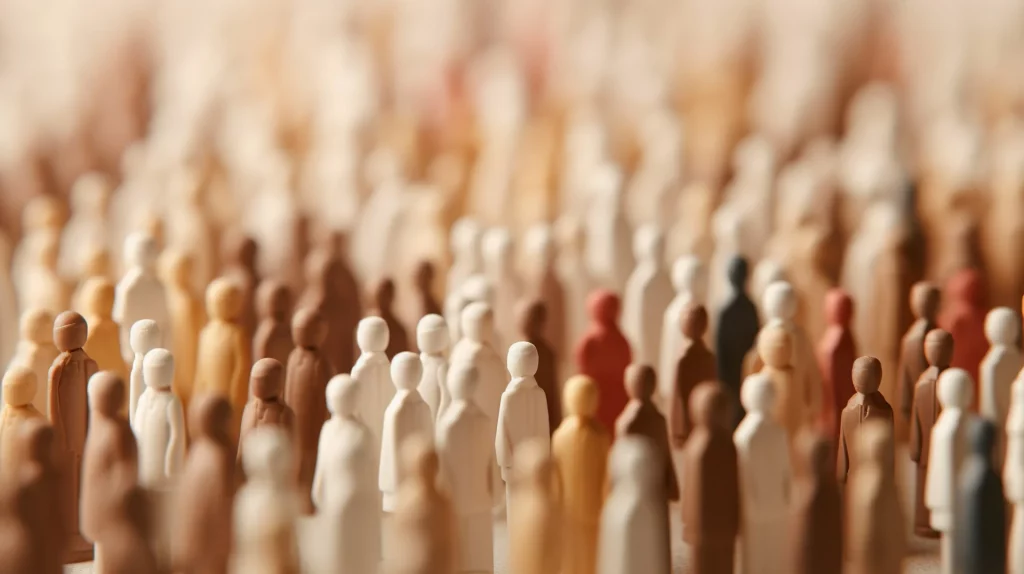
The Ethics of Cultural Expression
The ethics of cultural expression in art demands a careful, respectful approach, especially as we work with cultural elements that hold deep meaning for specific communities. As artists and advocates, we must remain aware of cultural appropriation and approach cultural preservation with an authentic understanding of each symbol’s historical and social significance. Cultural appropriation awareness is essential in maintaining integrity, ensuring that art celebrates heritage rather than commodifying it. True cultural appreciation requires informed consent and understanding, creating work that fosters connection and dialogue.
This respect for ethical representation is particularly important when collaborating with marginalised or Indigenous communities. By engaging in open conversations and fostering museum representation diversity, artists and curators alike can create work that bridges cultural divides, educating audiences and inspiring cross-cultural artistic dialogue. Respecting the power dynamics between cultures enriches the art world, providing a platform for diverse voices and creating art that resonates on a global level.
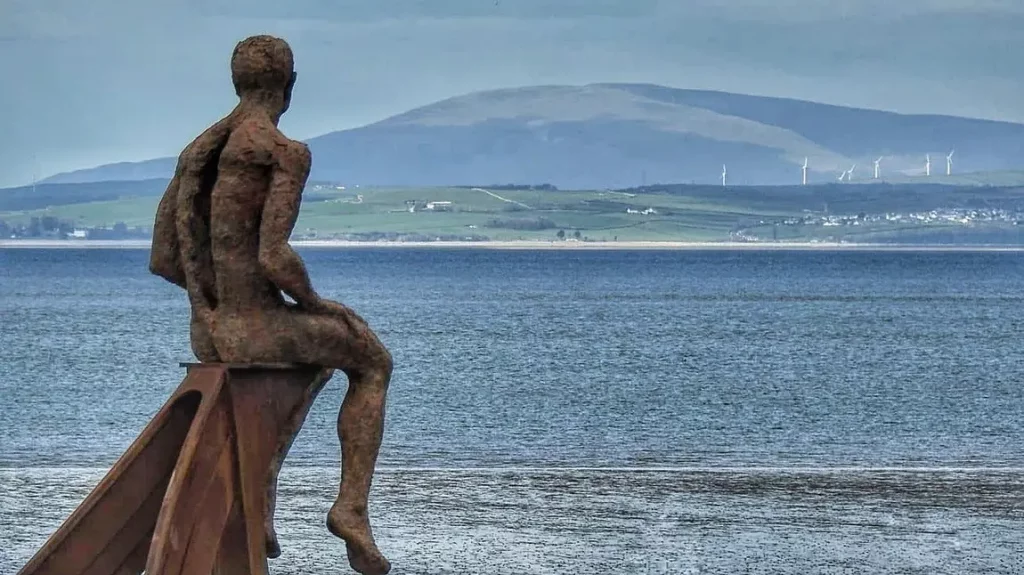
Moving Forward: The Future of Heritage in Art
The future of heritage in art combines tradition and innovation, promising exciting pathways for cultural preservation. Digital preservation tools like virtual reality and augmented reality make it possible for audiences worldwide to explore heritage artefacts and cultural sites in immersive, engaging ways. Through heritage-inspired installations and contemporary ritual art, artists are finding fresh ways to connect with heritage, making it accessible for future generations.
As art evolves, so does the way we interpret and integrate cultural influences, resulting in new hybrid forms of expression that reflect our global interconnectedness. Many artists now use heritage reinterpretation in modern art to address current issues like climate change, social justice, and cultural identity, proving that heritage remains relevant to today’s world. With a commitment to sustainability and ethical representation, artists are finding ways to involve communities in heritage preservation, ensuring that cultural traditions remain alive, impactful, and respected for generations to come.
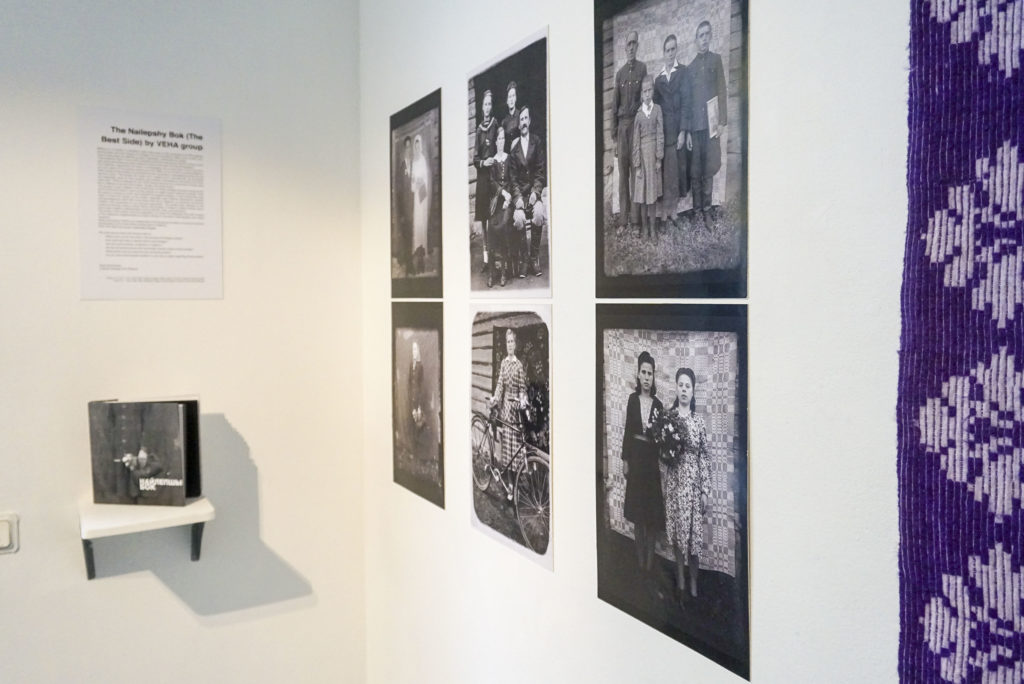
Conclusion
Exploring cultural heritage through contemporary art offers us all a chance to honour the past while expressing ourselves in fresh, meaningful ways. By embracing strategies like reimagining traditional motifs, preserving intergenerational knowledge, and practising ethical cultural expression, we can make our cultural stories resonate in today’s world. Each approach allows us to connect with our heritage while inspiring creativity, dialogue, and respect across generations and communities.
If you’d like more guidance on integrating these strategies into your own work or want to discuss specific ideas, feel free to reach out at [info@semrajelil.com] Let’s work together to bring cultural heritage alive through art, one creative step at a time.
FAQs
1. What does it mean to “bridge the past and present” in art?
It means connecting traditional cultural elements with modern techniques, creating art that honours history while making it relevant today.
2. How do women artists contribute to cultural heritage?
Women artists share unique perspectives, often focusing on overlooked narratives that enrich cultural storytelling and promote heritage preservation.
3. Why is cultural preservation through female artistry important?
It brings diverse stories to the forefront, celebrates women’s contributions to art, and ensures cultural practices are passed down through generations.
4. How are traditional crafts used in contemporary art?
Artists use traditional techniques like ceramics, weaving, or painting in new ways, often blending them with modern materials or digital tools.
5. What role do galleries play in cultural preservation?
Galleries showcase diverse backgrounds and stories, offering interactive exhibits and community engagement to keep heritage alive and accessible.
6. Why is cultural appropriation awareness important in art?
It ensures that cultural elements are respected, not exploited, allowing artists to honor heritage without misrepresenting or commodifying it.
7. How is technology changing the way we preserve cultural heritage?
Tools like virtual reality and digital archives let people worldwide explore artifacts, making cultural heritage more accessible and engaging.
8. What is heritage reinterpretation in modern art?
It involves adapting traditional themes and symbols with modern techniques, helping audiences connect with cultural heritage in new ways.
9. Why is cross-cultural artistic dialogue valuable?
It fosters understanding between cultures, creates spaces for diverse voices, and inspires art that connects people globally.
10. How can artists involve communities in heritage preservation?
By hosting workshops, collaborating with local artisans, and incorporating authentic cultural elements, artists ensure heritage is respected and celebrated.
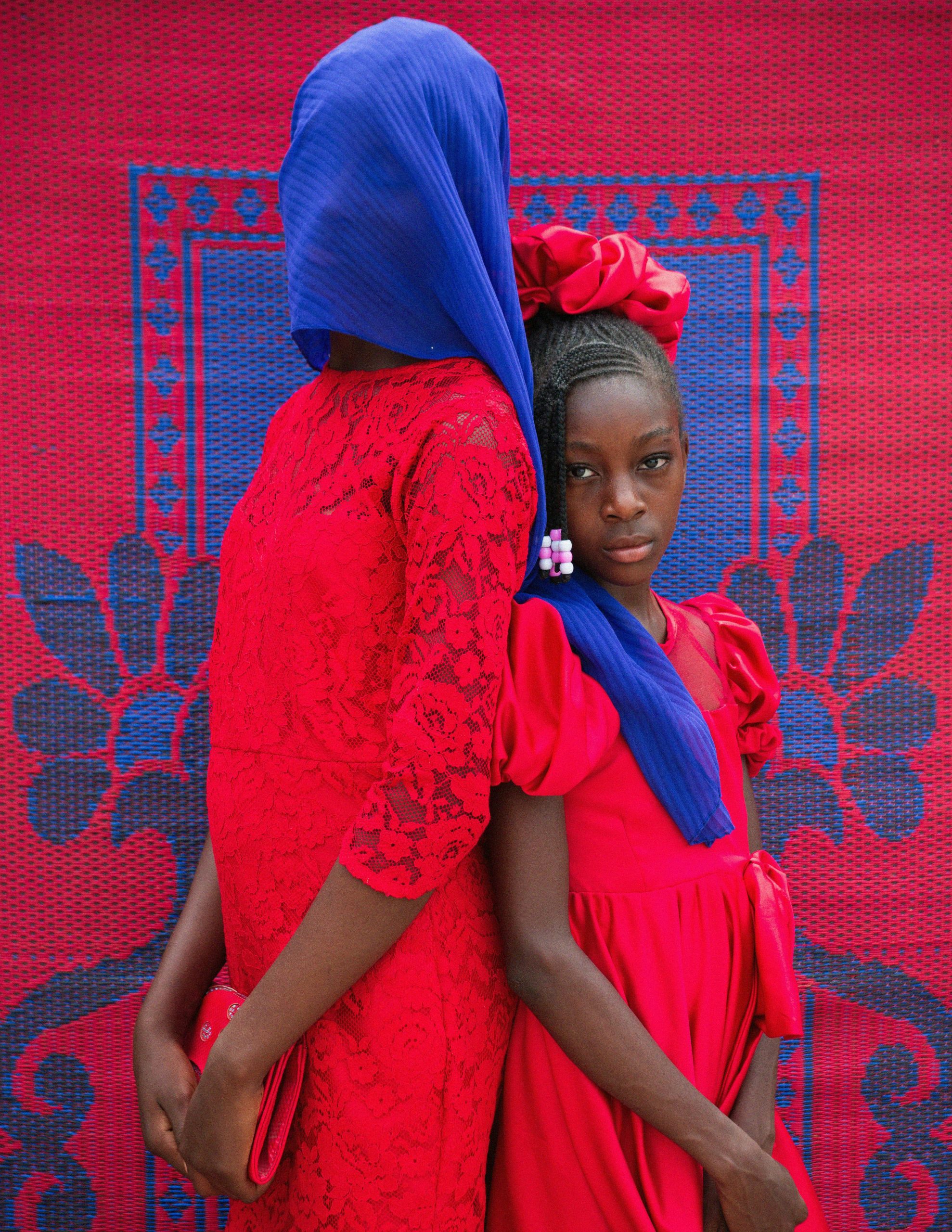

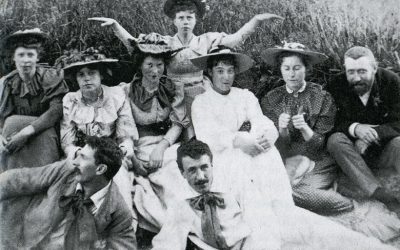
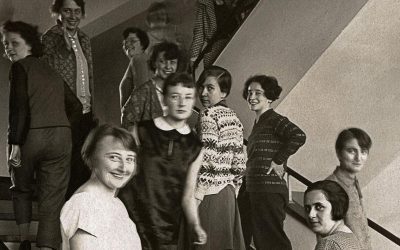
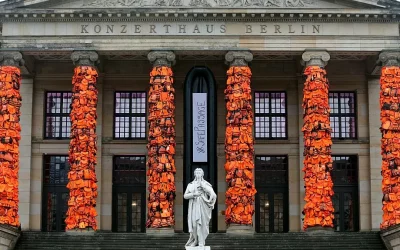
0 Comments